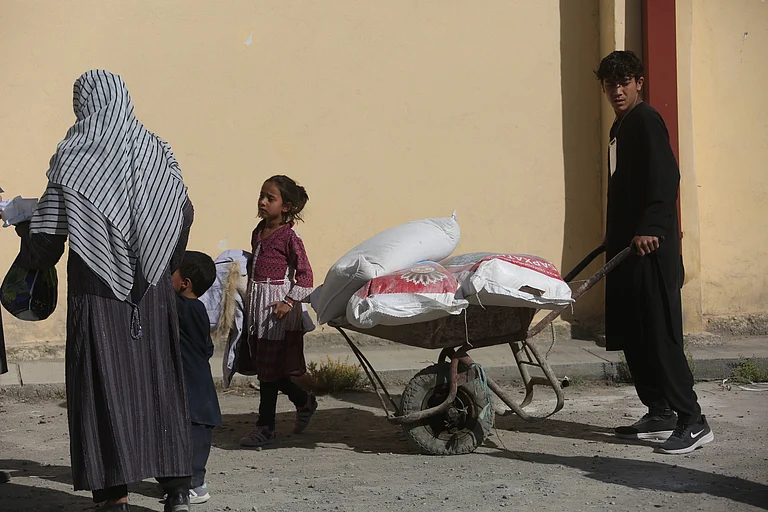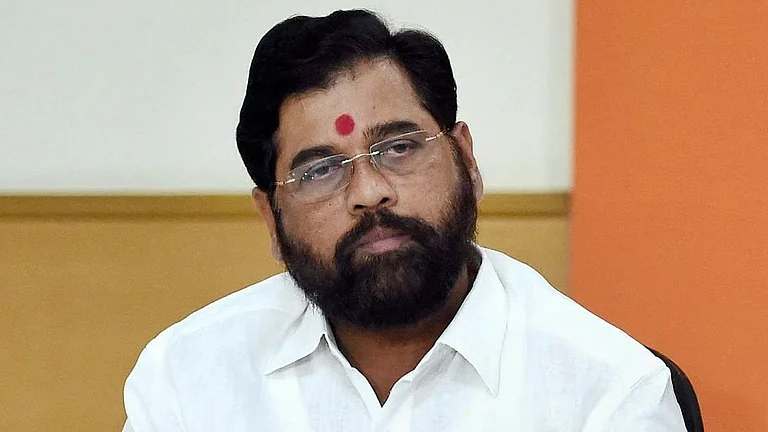Global food waste is today a billion tonne problem!
According to the United Nations Environment Programme’s (UNEP) Food Waste Index Report (2024), 1.05 billion tonnes of food amounting to more than US$1 trillion is wasted every year. To put it in perspective, the equivalent of 1 billion meals is “thrown away” every single day worldwide.
This means on an average, each person wastes 79 kg of food every year!
United Nations Sustainable Development Goal (SDG) 12.3 upholds a commitment to halve global food waste and reduce food loss by 2030. This is tracked through two indicators:
Indicator 12.3.1(a): The Food Loss Index which measures losses for key commodities during production, processing, storage and transportation down the supply chain. The Food and Agriculture Organization (FAO) of the UN is custodian of the Index.
Indicator 12.3.1(b): The Food Waste Index which measures waste at retail, food service (like restaurants or cafeterias) and households. The United Nations Environment Programme (UNEP) is its custodian.
To explicate the food supply chain, 14 per cent of all food produced globally is lost while 19 per cent of food produced is wasted. Summarily, one-third of all food produced globally is either lost or wasted. A quick break-up of food wastage by categories shows 45 per cent of all fruits and vegetables, 35 per cent of all seafood, 30 per cent of all cereals, 20 per cent of all dairy products and 20 per cent of all meat and poultry is lost or wasted.
According to UNEP (2024), of the total food waste generated, households accounted for 60 per cent, with 28 per cent attributable to food services and 12% to retail. Interestingly, household related food wastage is a global malaise and not just a ‘rich country’ problem.
China and India produce more household food waste than any other country at an estimated 108.7 million tonnes and 78.2 million tonnes per year respectively.
It is an irony that majority of the countries leading in food wastage already face high levels of hunger. India’s staggering food waste generated every year is sufficient to feed almost 377 million people.
Food waste is also a serious environmental threat generating upto 10 per cent of global greenhouse gas emissions and taking up nearly 30 per cent of the world’s agricultural land. Wasting food has an enormous environmental cost resulting in a colossal waste of resources including agricultural land, water, energy, fertiliser, pesticides. If wasted food were a country, it would be the third-largest producer of carbon dioxide in the World after US and China.
Global Hunger and Food Insecurity
Even as food is being thrown away at such a scale, up to 783 million people are affected by hunger each year and a third of humanity faces food insecurity. Food waste is a global tragedy!
Hunger – also known as undernourishment – is defined as not consuming enough calories to maintain a normal life. However, undernourishment is solely determined by calorie intake. It does not consider the quality or diversity of someone’s diet. Roughly three billion people cannot afford a healthy diet. They suffer from ‘hidden hunger’- micronutrient deficiencies of iron, calcium, vitamin-A or iodine. A diet is deemed unaffordable, if it costs more than 52 per cent of a household’s income. Several countries face what is termed as ‘serious and alarming’ hunger levels.
Nearly half of all deaths in children under five is due to malnutrition. Undernutrition puts children at greater risk of dying from common infections.
The paradox of abundance
For years we have learned to see food through the lens of scarcity. In reality, there’s enough food on the planet to feed everyone!
According to the World Food Programme, “Food produced but never eaten would be sufficient to feed two billion people. That’s more than twice the number of undernourished people across the globe”. We are recklessly throwing away food. Food that should go in a hungry stomach ends up in the bin. All the food we are wasting could actually end hunger.
Improving farming practices, regulating surplus production, better distribution system, supply chain integration, cold chains and finding innovative ways to channelize unused food could help generate less waste. Government policy towards making food affordable will be key. Using positive nudges to reshape the way people interact with food could be the most effective psychological intervention by policy makers. Systemic action through public-private partnerships is needed to tackle farm-to-fork food wastages.
For instance, rough estimates suggest that up to 30 per cent of the food served at Indian weddings goes uneaten. It’s a stark reminder of our apathy towards the value of food and the ethical implications of its disposal. The big fat Indian weddings need a serious cultural shift embracing conscious celebration and responsible consumption.
As food continues to be squandered across the world, millions sleep hungry everyday. Stopping food waste must become a serious personal agenda for everyone.
Feza Tabassum Azmi is Professor at the Faculty of Management Studies & Research, Aligarh Muslim University, Aligarh. She is the author of Strategic Human Resource Management, Cambridge University Press, University of Cambridge, UK

























